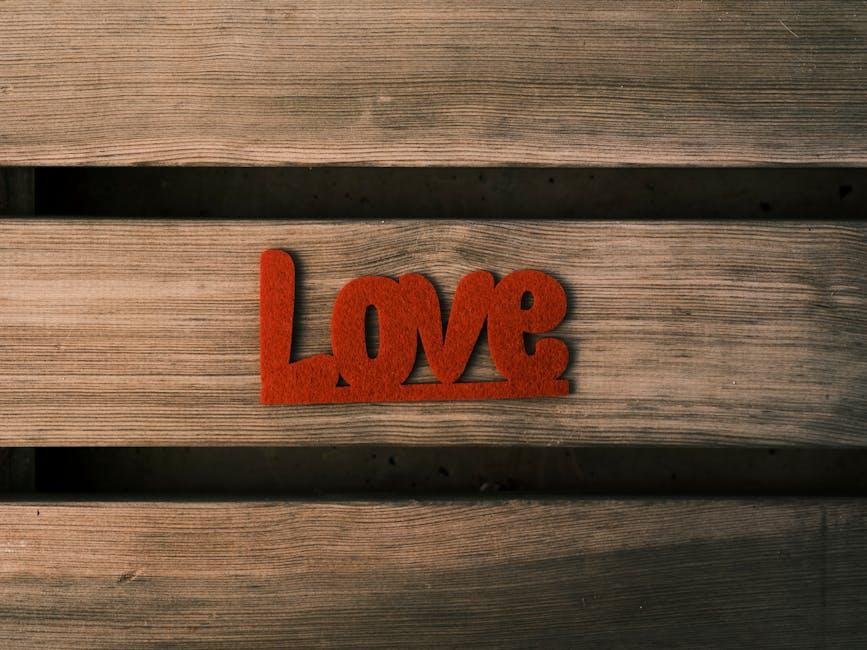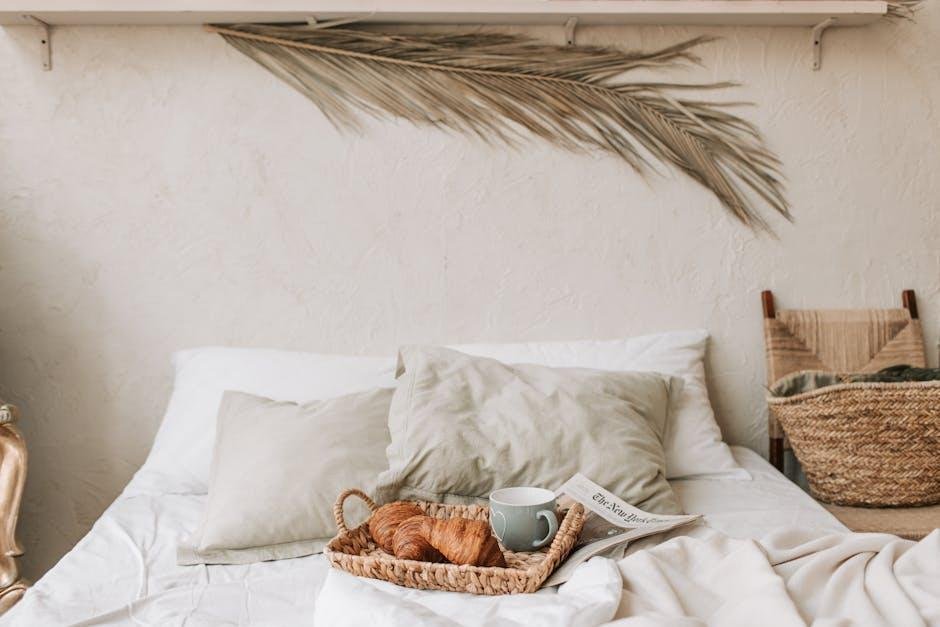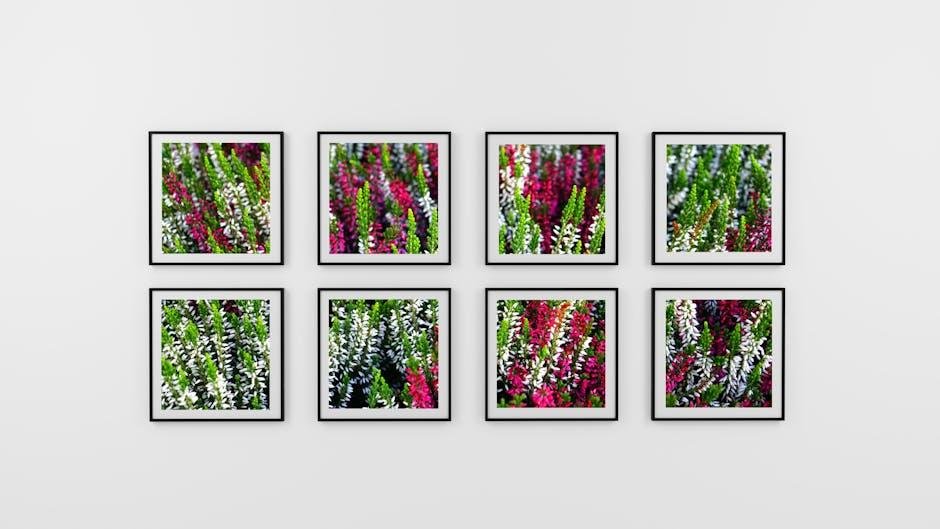In teh realm of design and personal expression, few tools are as enchanting and inspiring as a mood board. With the rise of digital platforms and a resurgence of interest in all things retro, the vintage mood board has emerged as a captivating way to curate artistic visions rooted in nostalgia. Imagine a collage that transports you to a bygone era, where every image, color swatch, and texture tells a story imbued with character and charm.Weather you’re a seasoned designer or an enthusiastic amateur, crafting a vintage mood board is an endeavor that invites creativity and reflection. The process is not just about aesthetics; it is an exploration of history, a celebration of style, and an opportunity to breathe new life into cherished memories. Join us as we delve into the art of building a vintage mood board,unraveling the steps to capture the essence of the past while igniting yoru imaginative spirit for future projects.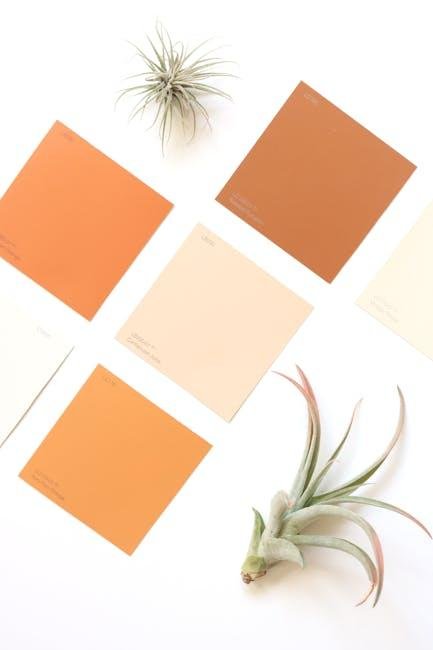
Crafting your Aesthetic: Selecting the Right Color Palette
When crafting a vintage mood board, the selection of a color palette is pivotal in establishing the desired atmosphere. Vintage aesthetics can vary widely, from soft pastels reminiscent of the 1950s to muted earth tones echoing the 1970s. To create a timeless appeal, consider incorporating colors that evoke nostalgia, such as:
- Soft blush pink
- Muted teal
- Warm mustard yellow
- Rich burgundy
- Classic navy blue
Each hue can contribute to a cohesive vibe that tells a story of its own. Mixing and matching these shades will allow your board to reflect both personality and era. Don’t shy away from including subtle patterns in textiles or wallpapers that can harmonize with your chosen colors, enhancing depth and interest. Consider using color theory to create a sense of balance and warmth, making sure to account for light and shadow to give your visuals a layered feel.
| Color | Associated Era | Mood Evoked |
|---|---|---|
| Soft Blush Pink | 1950s | Romantic and Gentle |
| Muted Teal | 1960s | Calm and Nostalgic |
| Warm Mustard Yellow | 1970s | Cheerful and Bold |
| Rich Burgundy | 1980s | Elegant and Cozy |
| Classic Navy Blue | 1920s | Timeless and Refined |
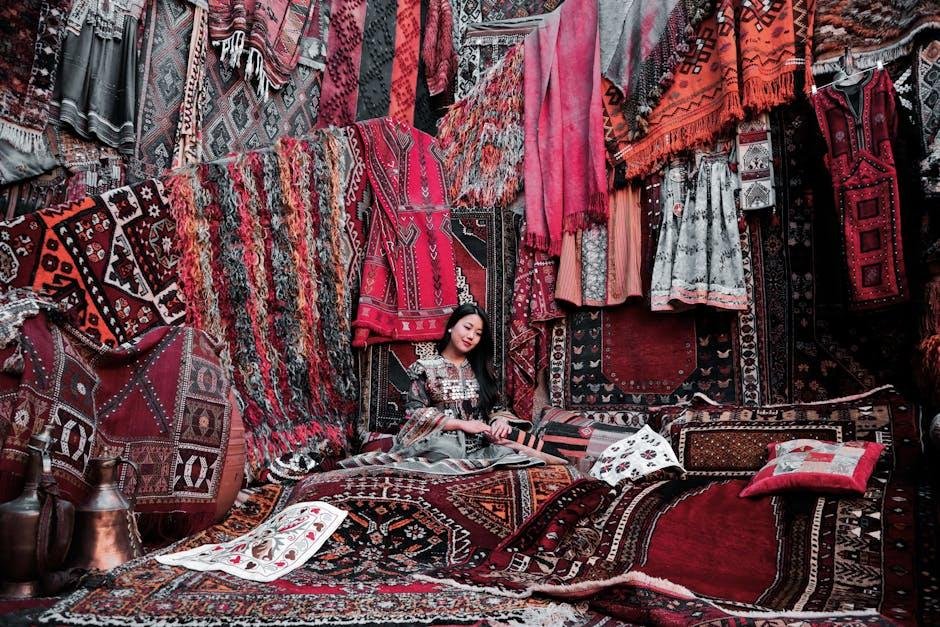
Curating Timeless Textures: Fabrics and Materials that Define Vintage
When assembling a vintage mood board, selecting the right fabrics and materials is essential in evoking the charm of bygone eras.Velvet, with its soft sheen and rich colors, brings a sense of luxury and nostalgia, often reminiscent of opulent 19th-century interiors. Brocade, laden with intricate patterns, tells stories of sophistication and elegance, while cotton lace adds a delicate, airy quality that softens any vintage arrangement. Consider adding natural materials like jute and burlap, wich ground the palette with earthy textures, creating a rustic vibe that complements the richness of more luxurious fabrics.
To enrich your vintage aesthetic, think also about the complementary elements that harmonize with your chosen materials. Adding aged leather introduces a sense of ruggedness and history, while denim—with its varied washes and lived-in feel—can provide a versatile backdrop. Pay attention to color palettes as well; choosing vintage-inspired hues like dusty rose, mustard yellow, and sage green will further enhance the cohesion of your mood board. Create a simple table showcasing your selected materials with key characteristics to keep your vision focused:
| Material | Characteristic | Era Inspiration |
|---|---|---|
| Velvet | Soft,luxurious | Victorian design |
| Brocade | intricate patterns | Baroque elegance |
| Cotton Lace | Delicate,airy | Edwardian charm |
| Aged Leather | Rugged,past | Mid-century practicality |
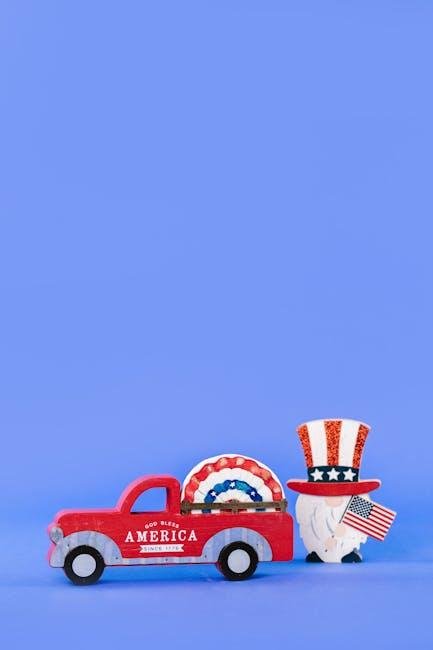
incorporating Iconic Imagery: Finding Inspiration in the Past
To craft a captivating vintage mood board, delve into the realms of iconic imagery that transports you back to a time of elegance and charm.Explore historical photographs, vintage advertisements, and classic film stills as they can serve as a wellspring of inspiration. Seek out visuals that embody the essence of the era you wish to evoke, whether it be the vibrant colors of the 60s, the whimsical patterns of the 70s, or the sleek sophistication of the 50s. When curating your collection, pay attention to the elements that stand out, such as:
- Color palettes: Look for subtle pastels or bold primary hues.
- textures: Incorporate fabrics, wallpapers, and materials that reflect the period.
- Patterns: Embrace retro designs like florals, polka dots, and stripes.
- Typography: Select typefaces that communicate the vibe of your chosen decade.
A well-structured table can also visually represent this journey through time, allowing you to compare different aspects of your inspiration. Here’s a simple overview of the attributes you might focus on for each decade:
| Decade | Color Palette | Textiles | Iconic Patterns |
|---|---|---|---|
| 50s | Pastels, Mint Green | Gingham, Cotton | Polka Dots |
| 60s | Bolds, Luminous Pink | Silk, Tweed | Geometric |
| 70s | Earthy Tones | Velvet, Suede | Floral |
| 80s | Fluorescent, Black | Satin, Nylon | Abstract |
By collecting and analyzing these different influences, you’ll not only enrich your vintage mood board but also provide a well-rounded viewpoint that captures the nostalgia and unique traits of each era. Remember, the key is to mix and match elements that resonate with your vision, creating a harmonious blend that celebrates the past while inspiring your creative projects today.
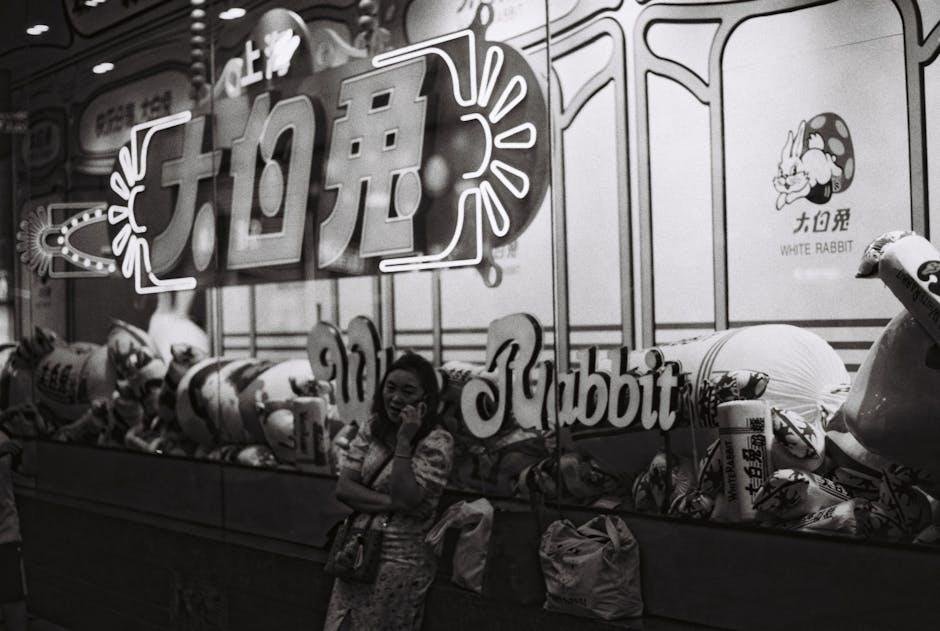
Personalizing Your Board: Infusing Individuality into Vintage Design
To transform your vintage mood board into a canvas of your personality,consider incorporating elements that reflect your story and experiences. Start with unique artifacts that resonate with you, such as family heirlooms, cherished books, or travel souvenirs. These personal touches create a narrative that transcends mere aesthetic; they invite viewers to connect with your individual journey. Here are some ideas to consider:
- Photographs: Old photos or instant snapshots that capture special moments.
- Fabric Swatches: Textiles from memorable journeys or home projects.
- Handwritten Notes: quotes or messages that hold significance to you.
Additionally, blend these personal items with vintage design elements to enhance your board’s visual appeal. Think about color palettes that reflect your favourite eras, such as the understated elegance of the 1920s or the vibrant, eclectic vibe of the 1970s. Pair textured wallpapers or lace with your artifacts to create depth. You can even visualize the arrangement using a simple table to plan how each component interacts:
| Item Type | Era Influence | Combination Idea |
|---|---|---|
| Photographs | 1930s | Framed with ornate edges |
| Fabric Swatches | 1960s | Layered with lace |
| Handwritten Notes | 1950s | Styled on vintage postcards |
Final Thoughts
As we conclude our journey through the charming world of vintage mood boards, we invite you to let your creativity run wild. We’ve explored the nuances of selecting evocative colors,finding the perfect textures,and understanding the aesthetics of different eras. Remember, building a mood board is not merely about assembling images; it’s about weaving a narrative that resonates with your vision and evokes a sense of nostalgia.
Whether you’re designing a home, planning an event, or igniting the spark for your artistic pursuits, a vintage mood board serves as a timeless companion in your creative process. So gather your treasures, embrace imperfections, and allow the essence of the past to inform and inspire your present.
As you embark on your own mood board adventure, don’t forget to infuse it with personal touches that speak to your unique style. After all, the beauty of vintage lies not just in its history, but in the fresh stories it can help you create. Happy crafting!


